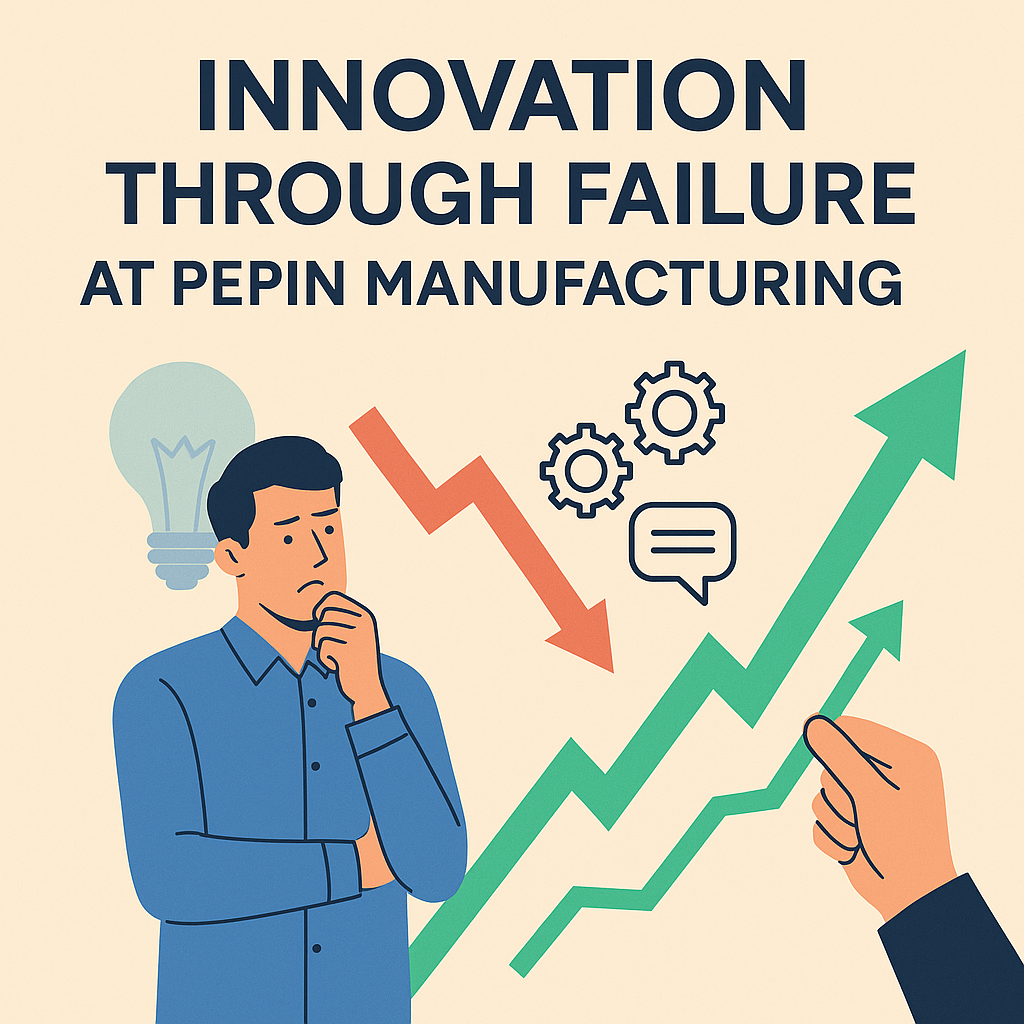Last Updated on May 28, 2025 by Rida Gul
Change is pervasive and perpetual in society and also in organizations in all industries. As the external environment of an organization changes, it has to respond with changes in its processes, structure, culture, and even purpose.
As these changes are often disruptive, managing change in the workplace efficiently is pivotal to ensure a smooth and productive transition. Whether the company is responding to the current or anticipated fluctuations, it has to ensure stability and balance while going from one state to another.
Most organizations fail in their efforts to accommodate changes effectively because they look for something easy and quick. Regardless of the size and industry of the company, the leadership has to understand that there is no magic pill to infuse instant change.
Change implementation is like a weight loss regime. You need to go step by step, take your time, and continue with it to stay healthy. If implemented the right way, effective change management ensures prosperity and growth for your company even in the most volatile, complex, and perplexing environment.
Here are three key factors that define the roadmap for successful workspace change management for businesses.
Table of Contents
Vision
The success of a change anchors from a well-defined picture of the future. Having a clear vision of what you want to achieve gives you a sense of being and purpose. It is the foundation that supports every process and effort in the direction to carry out change and reach a more productive tomorrow.
Without an unambiguous definition of the target, your change effort can meltdown to being a bunch of confusing projects. It would take your organization nowhere or even in the wrong direction.
Leaders must sense the urgency, create and articulate the vision, define both long-term and short-term goals, and remove hindrances. They should award the short wins, associate the change to the organizational culture, and build the roadmap to thrive on these changes.
Method
Once you know what you are looking to achieve, the next is to figure out the way to achieve it, that is the method. Thrusting the change upon your organization can never be fruitful. You need to establish a thorough plan to ensure a smooth transition to the new state of the company.
For instance, if you are bringing in new technology, you need to ensure that your staff is well trained and prepared to work on it. Also, your existing processes and services should support the technology and be functional with it.
You need to define a detailed plan, with every changing process, short-term goals, intermediate milestones, and methods to incorporate it into your process, purpose, and culture.
Will
Will or intent to embrace the change is the most crucial aspect of all. If you are not willing to change, you cannot bring your people on board for it. You have to have the intention and also convince all the stakeholders to get the right behavior and workflow for the change.
You can develop the will for yourself and your staff in five simple steps. These are, acknowledging the need for change, desiring the change, defining how to bring about the change, arranging for skill development needed for the change, reinforcing the change.



























